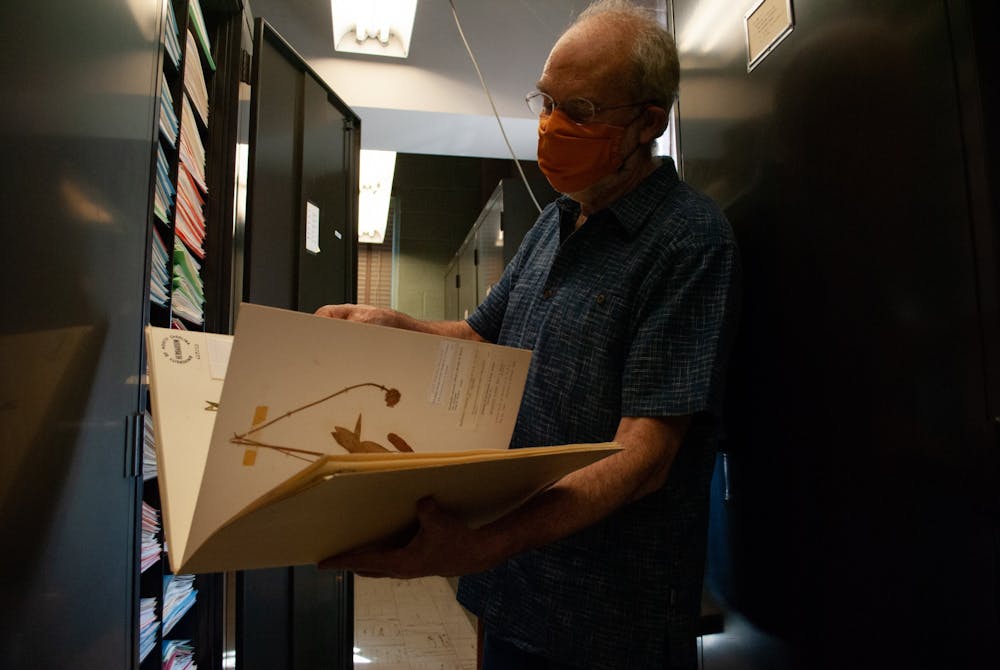UNC biology professor and conservation biologist Alan Weakley has been studying botany at the University since the 1970s.
As a student, Weakley said a typical flora — similar to an encyclopedia — weighed about 10 pounds and comprised several hundred pages of plant identifications. Floras were released on an irregular basis and oftentimes contained outdated entries.
For the past 30 years, Weakley has been developing a free-use, online plant identification guide that makes loose-bound floras a relic of the past.
“In the 1980s, existing flora was becoming out-of-date,” he said. “It wasn’t accurate anymore — new species of plant had been found in North Carolina. So, I started writing new keys to include these discoveries and so forth.”
Completely digitized and maintained in part by user suggestions, “Flora of the Southeastern United States” identifies over 10,000 plant species found in the Southeast.
Weakley said the Flora is an ever-changing database, which allows him to make changes in real time to preserve the accuracy of each entry.
Michael Lee, a database programmer in the UNC biology department, developed the Flora database with Weakley.
“It's very engaging and rewarding to be able to pull this information together, be able to extract information from other sources, and put all this useful information about the plants of our area into one place that people need it,” Lee said. “It's really fun working on things that, to our knowledge, haven't really been tried before.”
Every year, Weakley receives feedback from several hundred users of his Flora — ranging from amateur botanists to professional biologists.




